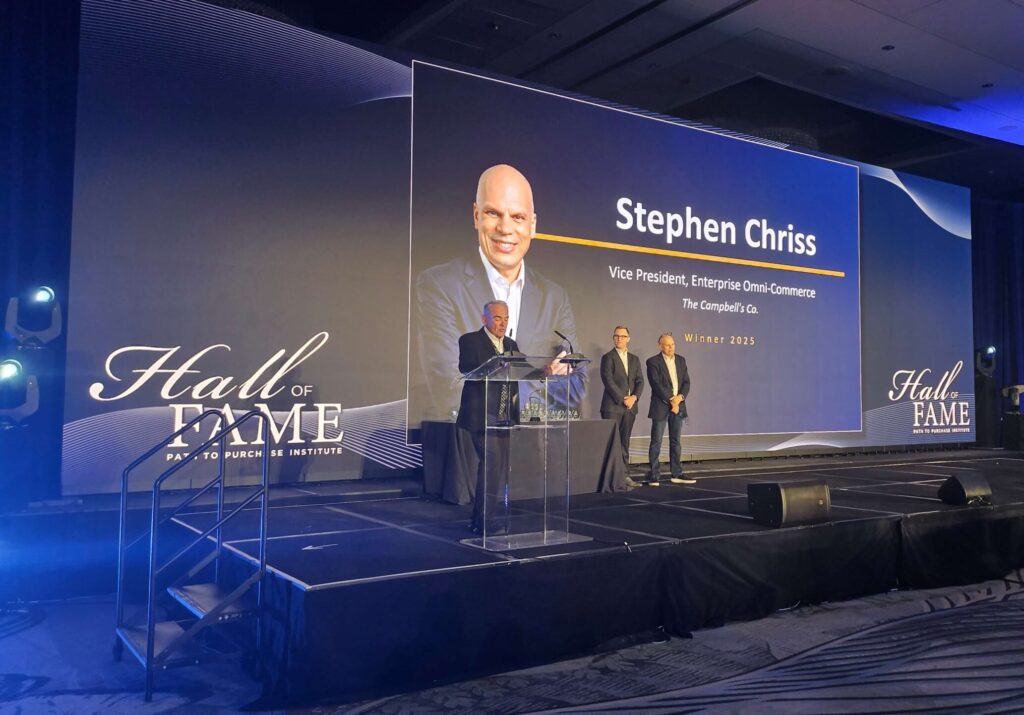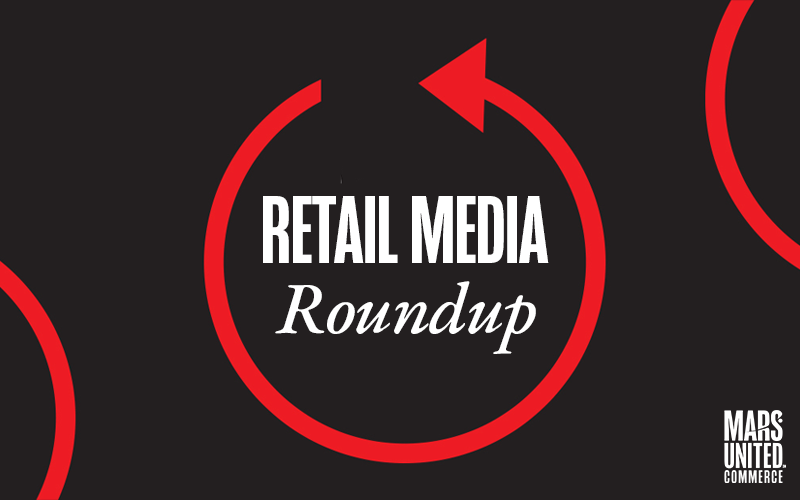Originally published by Path to Purchase Institute.
Nearly all commerce marketing veterans agree that the classic structure of CPG organizations has been obsolete for a number of years. Now it’s starting to become a significant obstacle to business growth.
The rigid division between the roles of sales and marketing at traditional CPGs is no longer valid. Neither are the silos that were established between brand, commerce and trade marketing. Sales and marketing are no longer separate activities because awareness, consideration and conversion aren’t distinct, linear actions for consumers anymore.
Yet it’s not uncommon for CPGs to have four different functions — sales, commerce marketing, e-commerce and now media — separately negotiating and planning their own activity with retail partners. Without a well-executed process for internal collaboration, that scenario can easily lead to plans with conflicting goals, duplicated efforts or audience gaps. All of this can lead to inefficient spending and ineffective programs that deliver a poor, even confusing, brand experience to shoppers.
These facts have been apparent for some time but were made even more obvious by the rise of retail media. CPGs not only have a greater need to align toward omnichannel commerce marketing. They also have an unprecedented opportunity to fulfill the objectives of all four functions by jointly developing plans that reach consumers across their entire path to purchase.
While a few companies have undertaken a formal restructuring to unite sales and marketing functions, many are still struggling to dismantle the decades-old practices and rigid mindsets that can make change so difficult. The longer they wait, the harder it will be to stay effective.
Through our CPG client work, The Mars Agency has identified five models for achieving the internal cross-functional alignment that’s needed. Since we understand the complexities involved with reorganization, only one model involves an actual restructuring. That is the creation of a dedicated “Connected Commerce” function that either draws from all the sales and marketing functions or absorbs them entirely to establish a centralized, holistic function to manage all activity at retail.
We’ve seen a few CPGs moving in this direction. But for the many companies that aren’t yet ready to revamp their current structure, the other four models employ various methods to achieve internal alignment by either:
- Building out the existing customer teams to incorporate the necessary subject matter experts on retail media, e-commerce, digital marketing and even data analysis. This model can provide all the tools needed to win at critical retail partners.
- Creating a dedicated center of excellence, with its own resources and personnel, serving as a central hub for guiding all retail activity.
- Forming an ad hoc task force from the various stakeholder functions that meets regularly and plans around common business objectives.
- Selecting a single point of contact who is responsible not only for coordinating cross-functional collaboration internally, but who also owns the retailer relationship, to make sure communication runs in both directions. This works best for CPGs not yet able to fully restructure.
Ultimately, the model itself is secondary to the need for achieving the desired goal: gaining the internal alignment required across all sales and marketing functions to facilitate planning around mutually determined business objectives. And yes, to make decisions on budget sharing, too. Agreeing on mutually beneficial KPIs can be difficult, but the ability to drive total business impact is well worth the effort. It’s going to take a little longer for CPGs to break down the silos, but we have to make sure they don’t get in the way of growth.

About the Author
Rob Rivenburgh has been with The Mars Agency for more than 20 years and today serves as Global CEO, overseeing all operations and growth initiatives worldwide. He has more than 35 years of experience in commerce marketing, working with and for Fortune 500 companies across the corporate, client and agency sides of the industry. Rob held multiple positions of increasing scope before becoming global CEO, initially leading the development and deployment of the agency’s industry-first field-based network of Commerce Hubs — starting with the Bentonville, Arkansas, office where he built a deep, game-changing relationship with Walmart. He joined the agency after serving in various marketing and sales roles at Nestlé USA and Diageo.



